Take-Two Interactive patent could point to a bigger, better world for the next Grand Theft Auto
The patent filing describes a new system for better managing people and traffic in virtual environments.
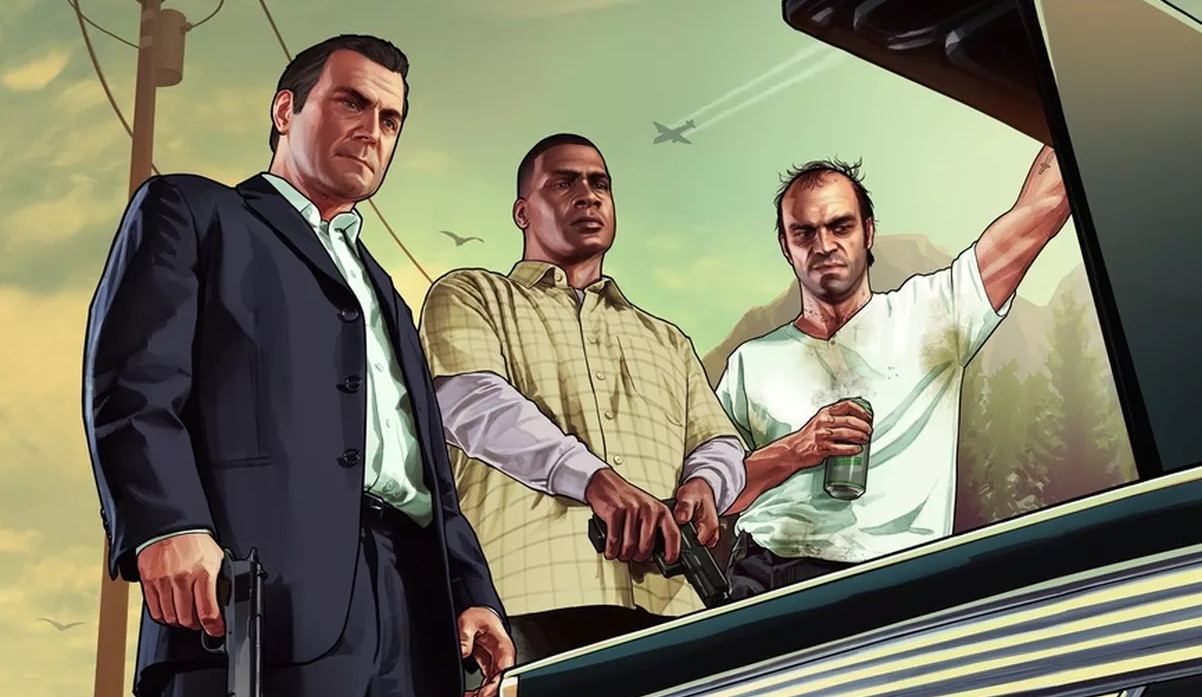
Large-scale outdoor urban environments, crowded with people and vehicles, are difficult to simulate accurately in videogames—just ask CD Projekt. A huge number of moving parts is required to make the scenes believable, but the more that number goes up, the more likely it is that something, somewhere, is going to go spectacularly haywire.
A new patent filing from Take-Two Interactive, prosaically entitled "System And Method For Virtual Navigation In A Gaming Environment," offers a glimpse at what may be the first big steps toward changing all that.
It begins with a breakdown of how navigation in gaming environments currently works, through pathfinding along linked nodes based on pre-programmed instructions, and then gets into the limitations of these systems and the many ways that they can go wrong: Cars programmed with "wandering behavior," for instance, may not take into account external factors like traffic, weather, or the need to actually find a spot to pull into rather than just yoinking it into "park" in the middle of the street.
Ah yes, this is absolutely how Traffic A.I. should work. from r/cyberpunkgame
"In view of the foregoing, a need exists for an improved system for virtual navigation in an effort to overcome the aforementioned obstacles and deficiencies of conventional video game systems," the filing says. Fair enough.
The new process described in the patent filing is long and dull and festooned with snooze-inducing flowcharts, but the central gist of it is that the big life simulations can be drastically improved by offloading the bulk of the work of virtual navigation to the cloud—or, as the patent filing puts it:
"the system comprising a server for managing the virtual navigation of the one or more non-player characters; and one or more player consoles in operable communication with the server over a network, each player console comprising a gaming platform for executing the gaming environment, wherein said server generates a coarse graph of the low-level nodes and associated links, and pathfinds on at least one of the low-level nodes and the coarse graph from a start node to a target node, wherein pathfinding on the coarse graph reduces the number of loads of low-level nodes needed by the one or more player consoles to generate a path from the start node to the target node."
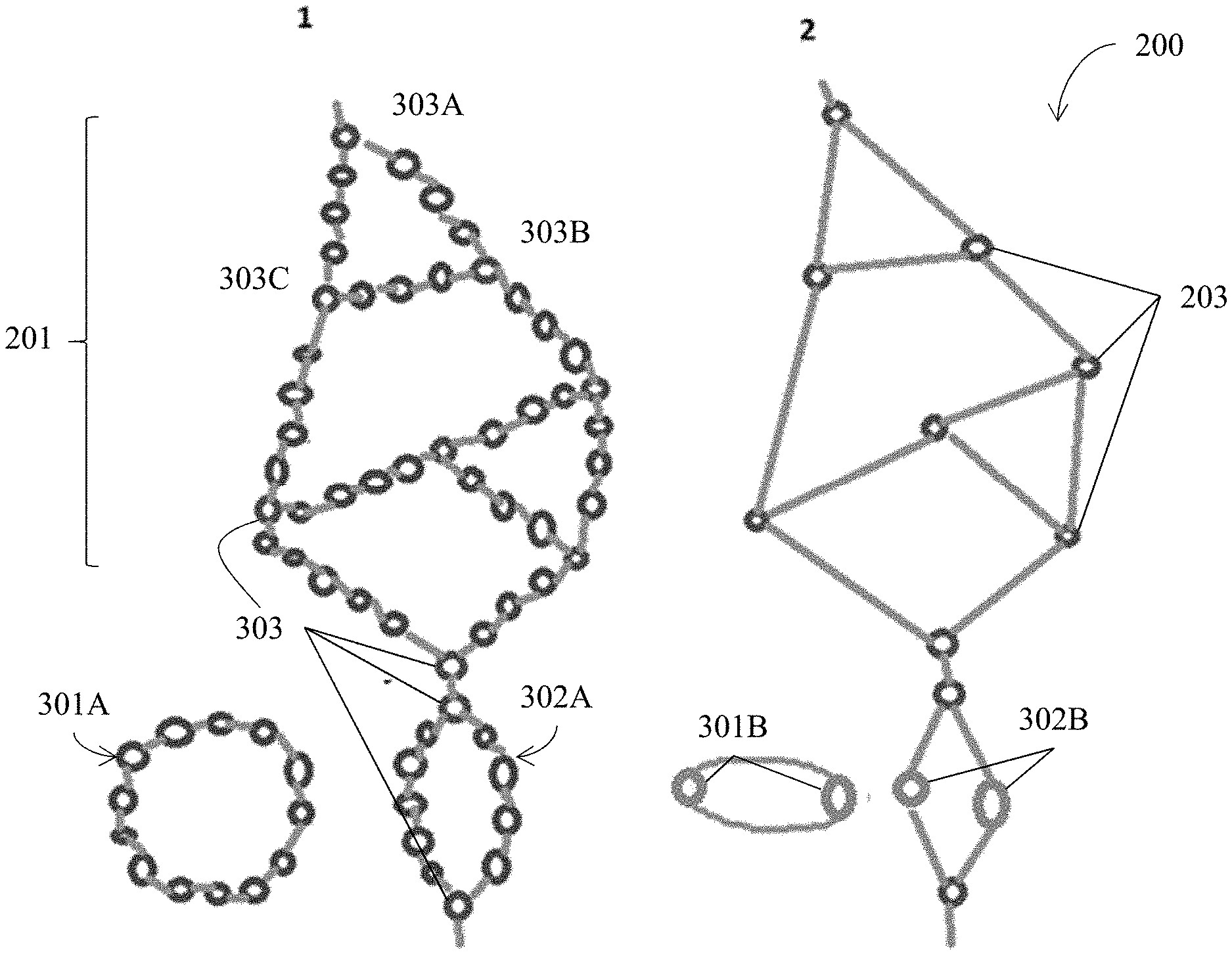
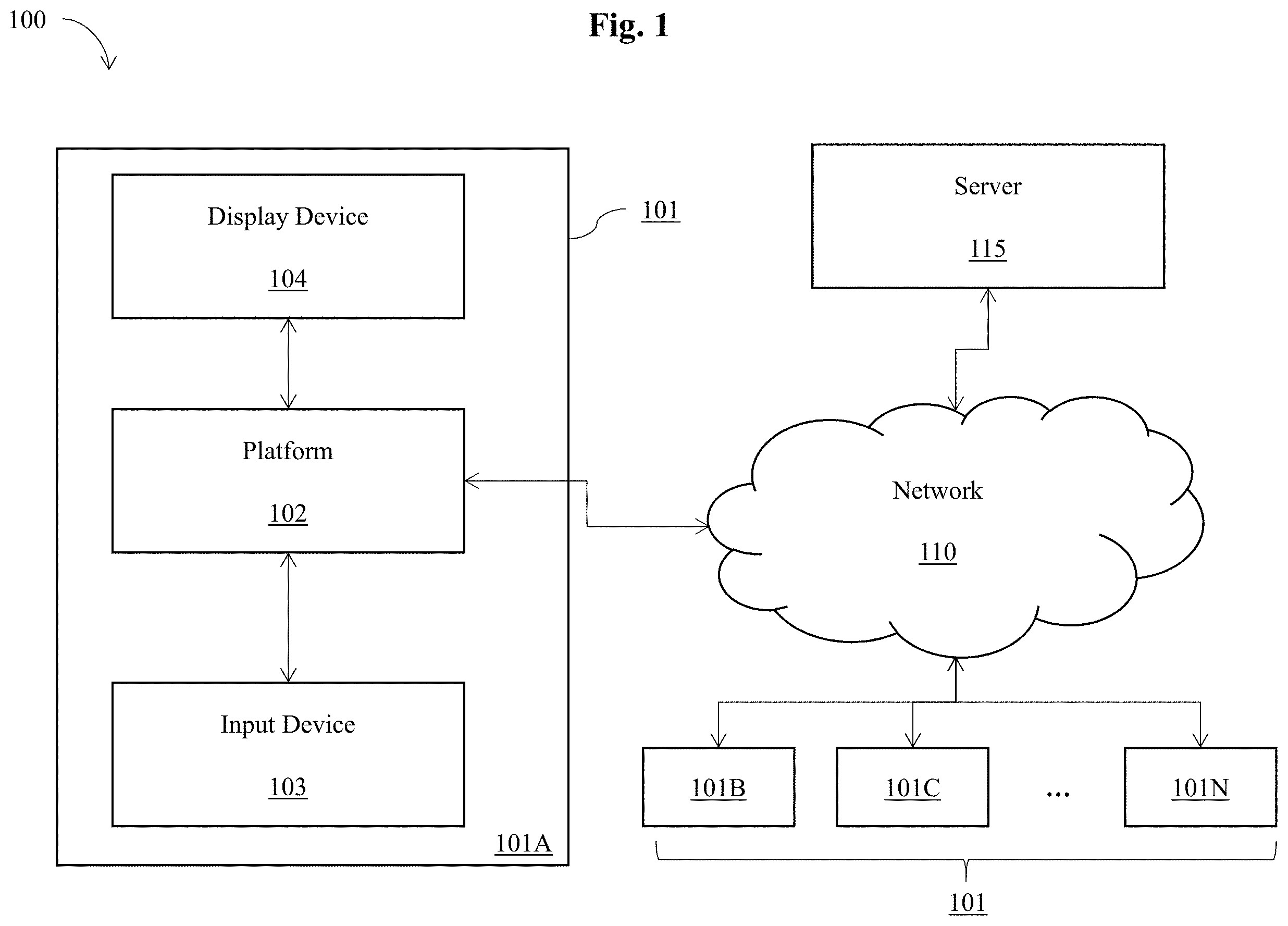
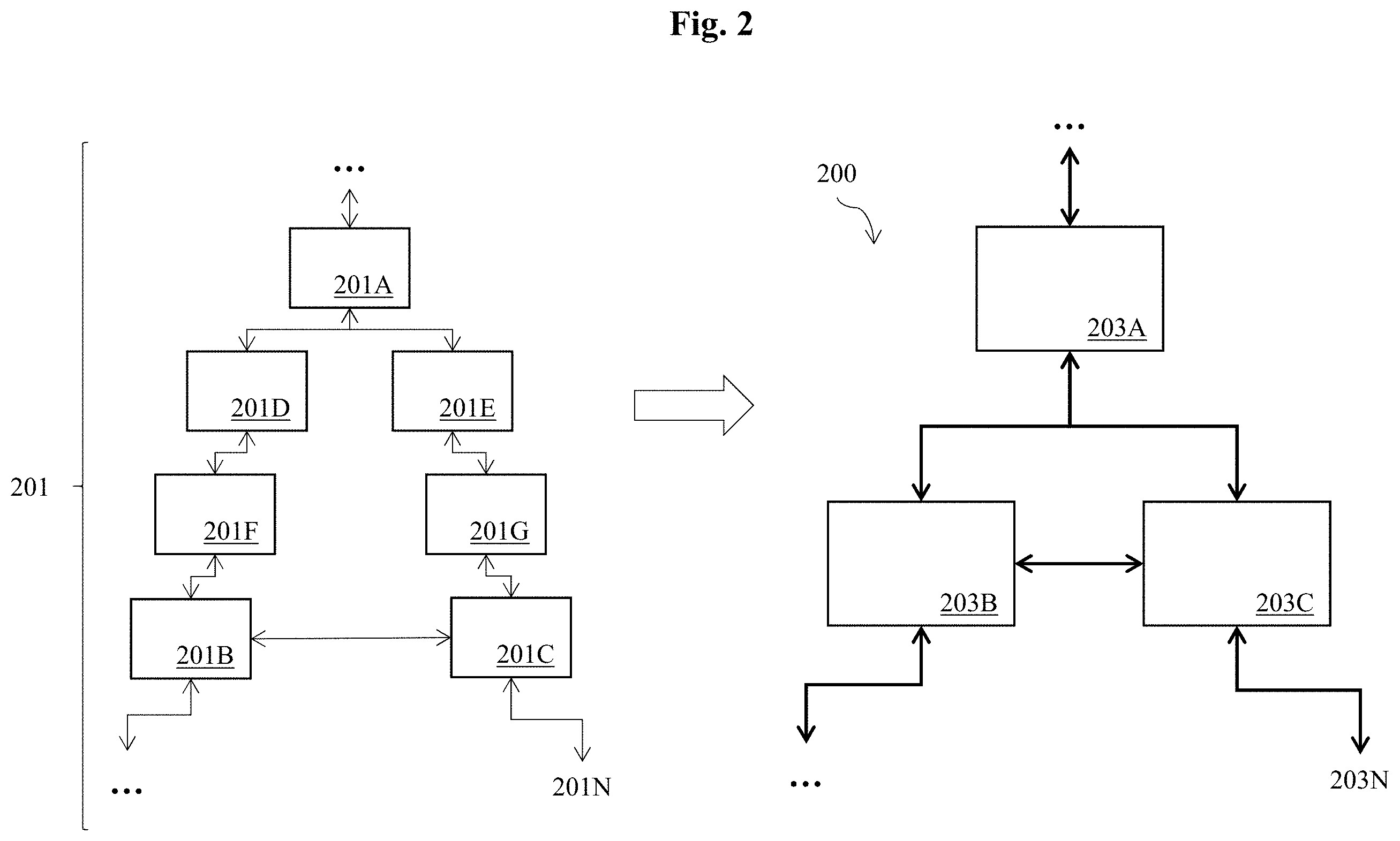

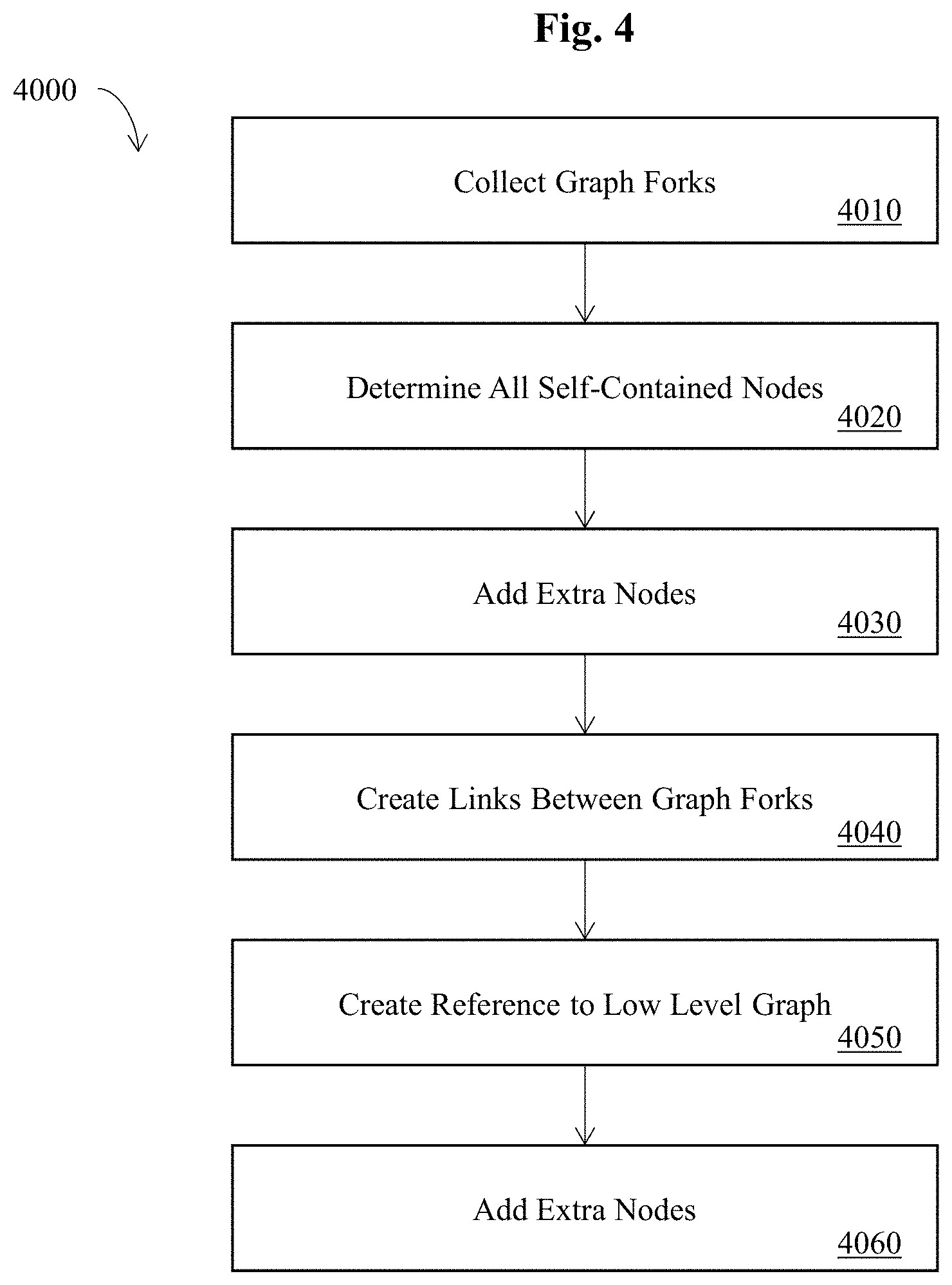
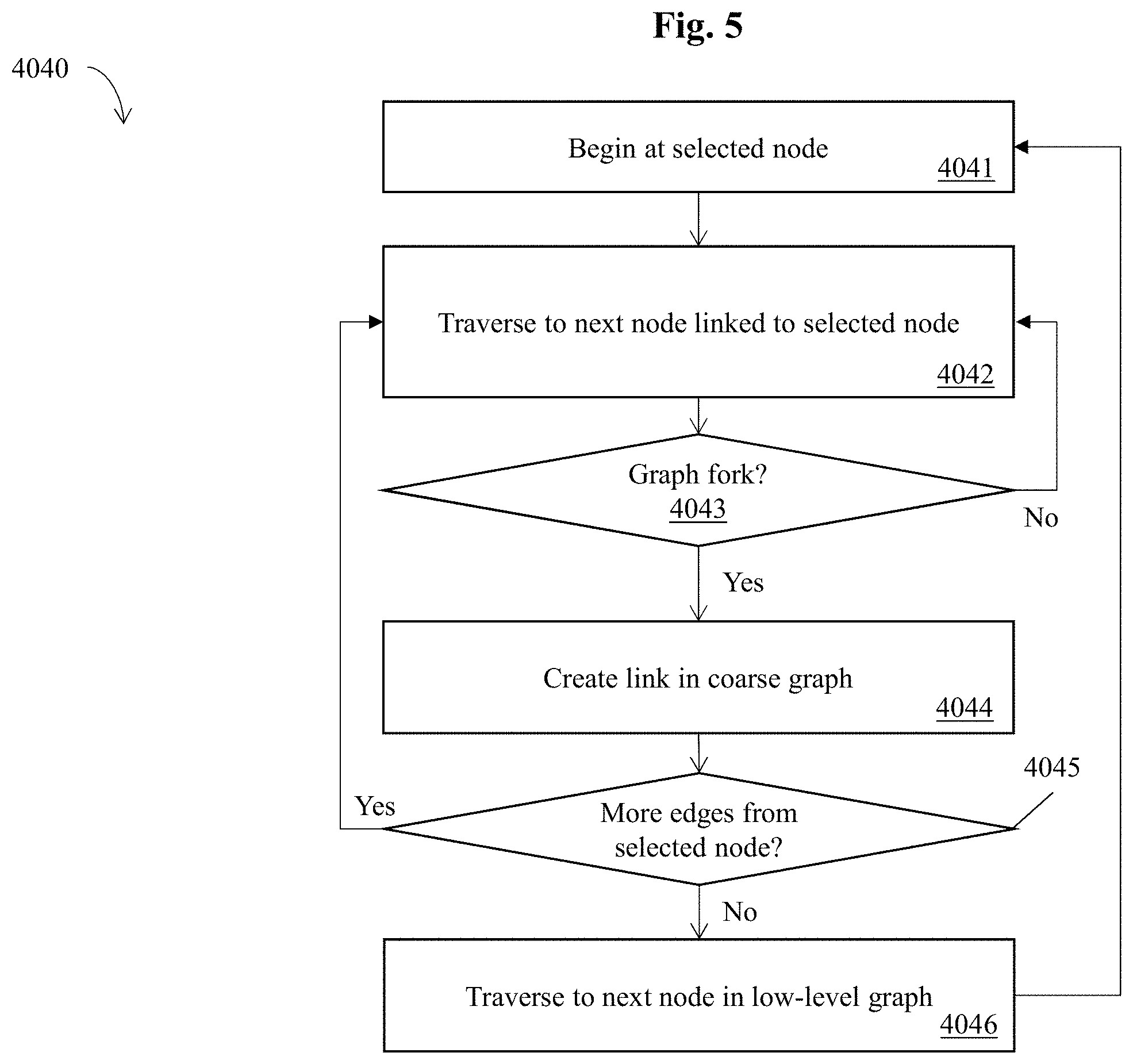
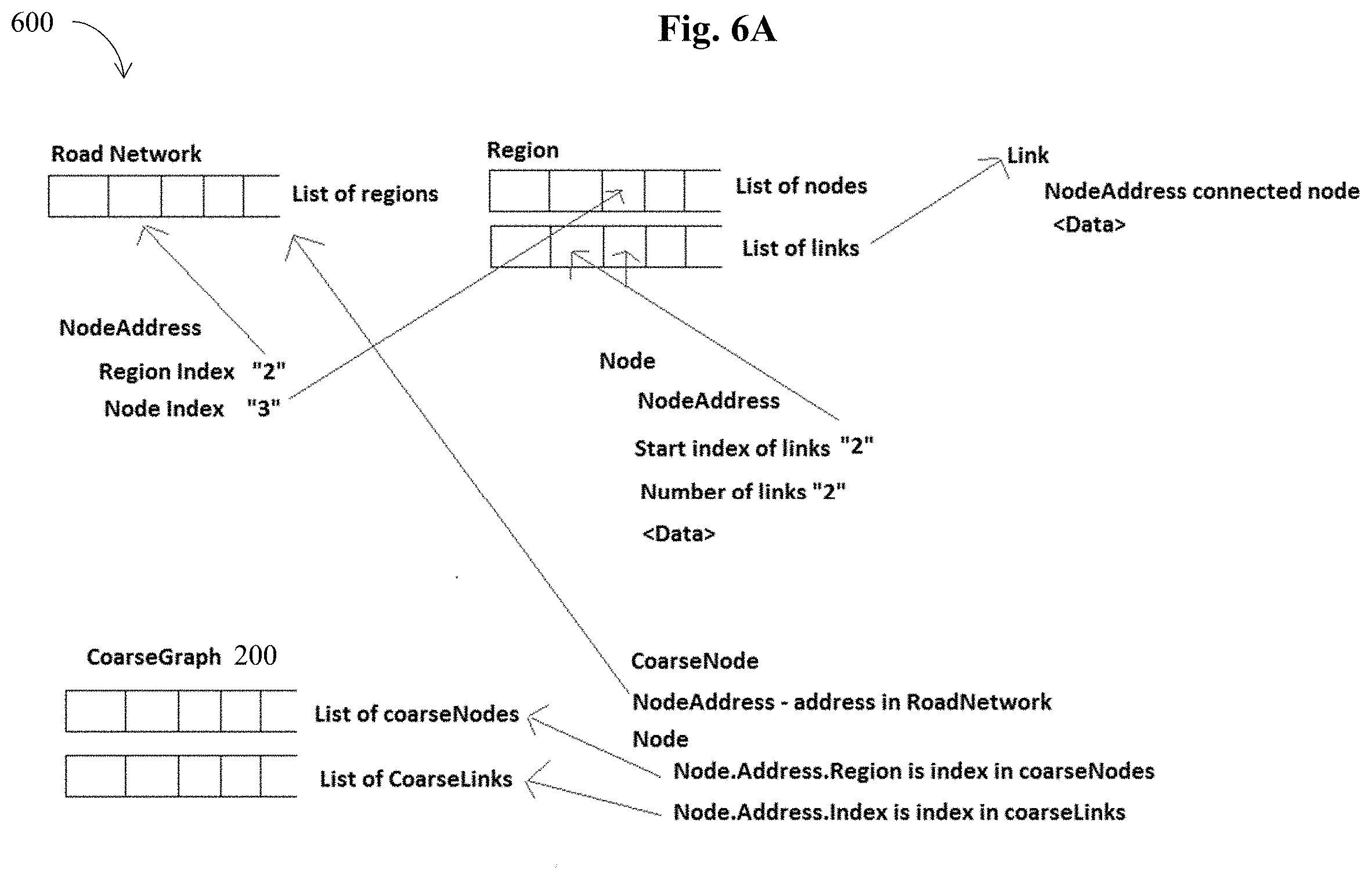
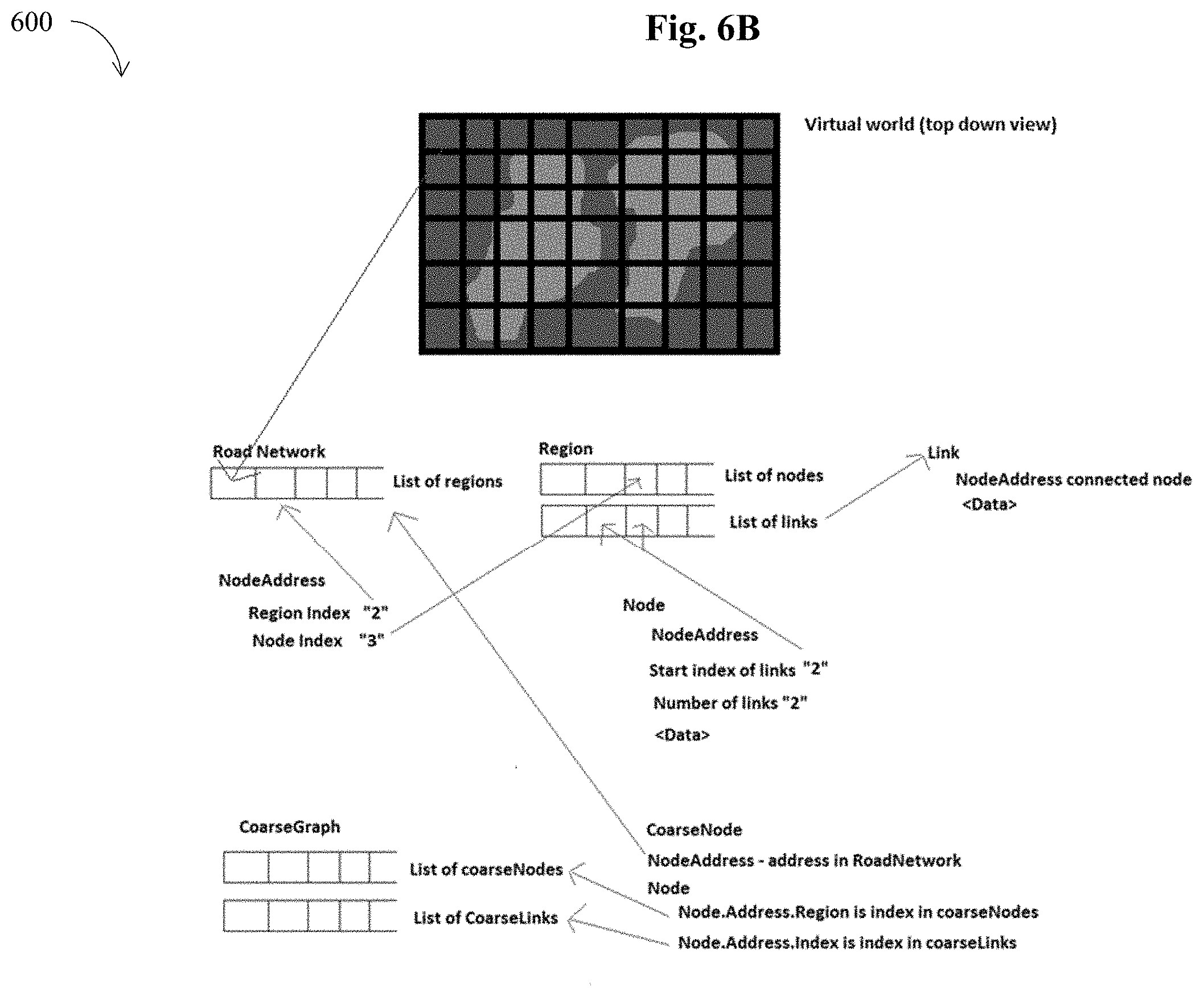

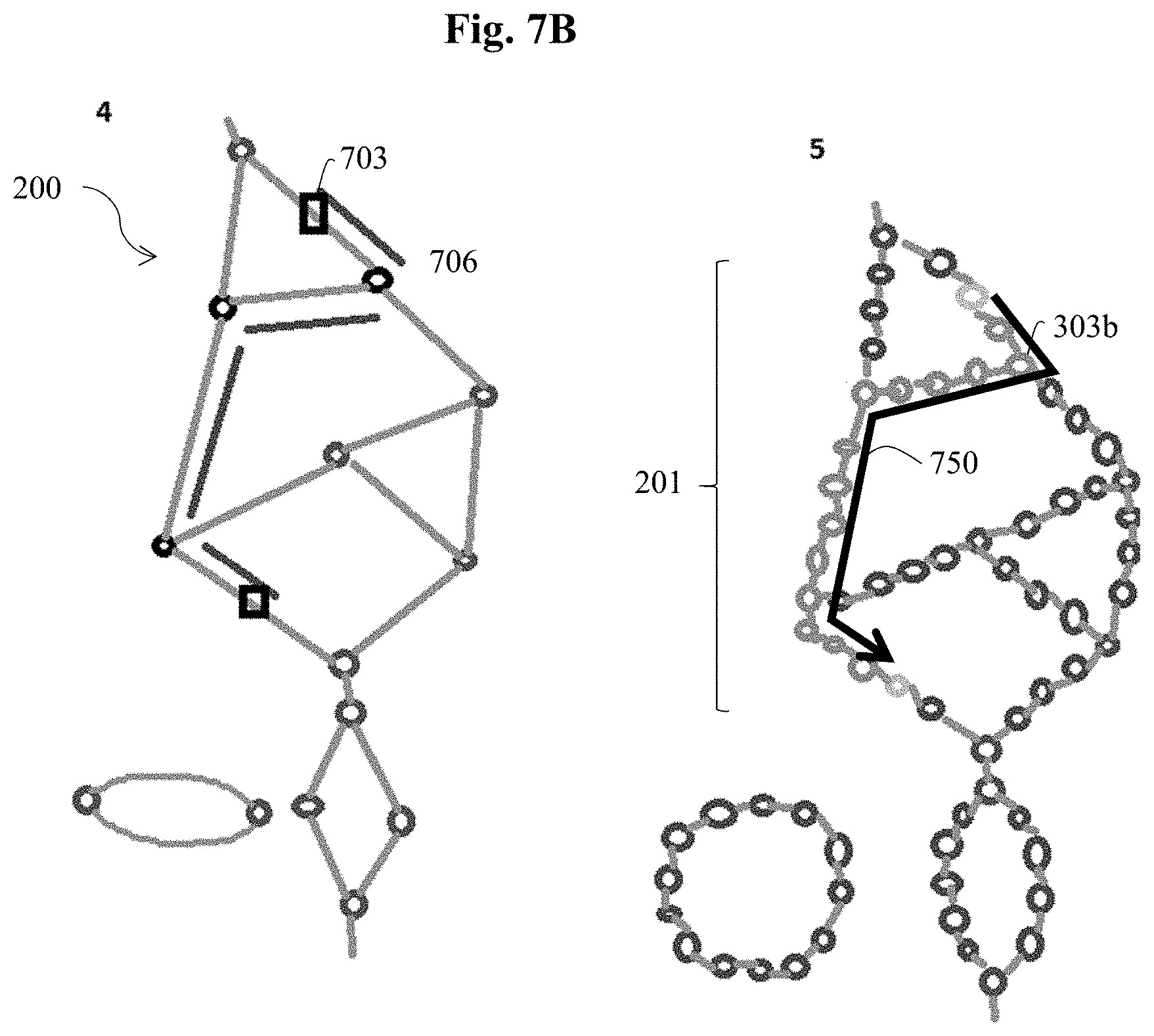
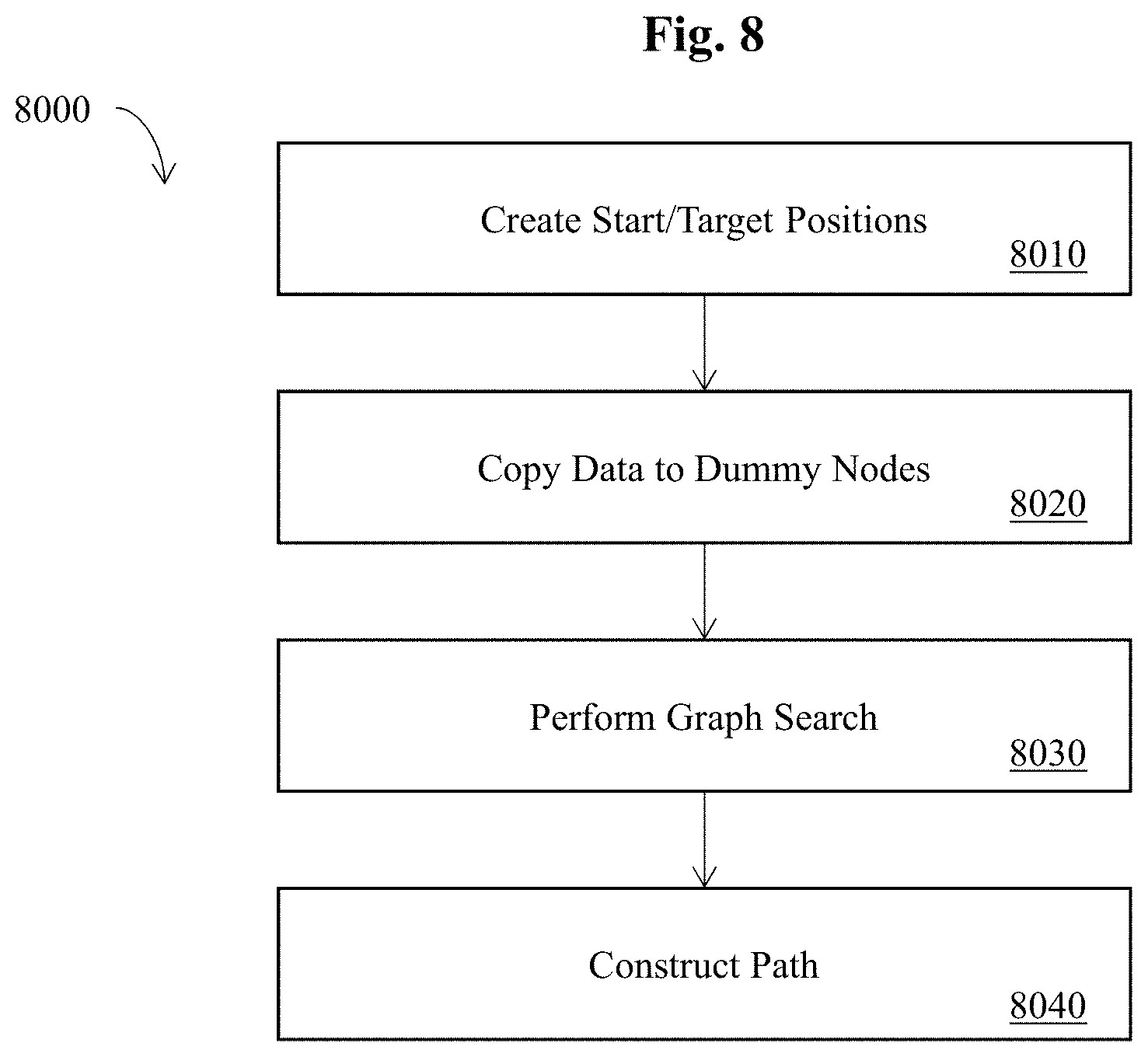
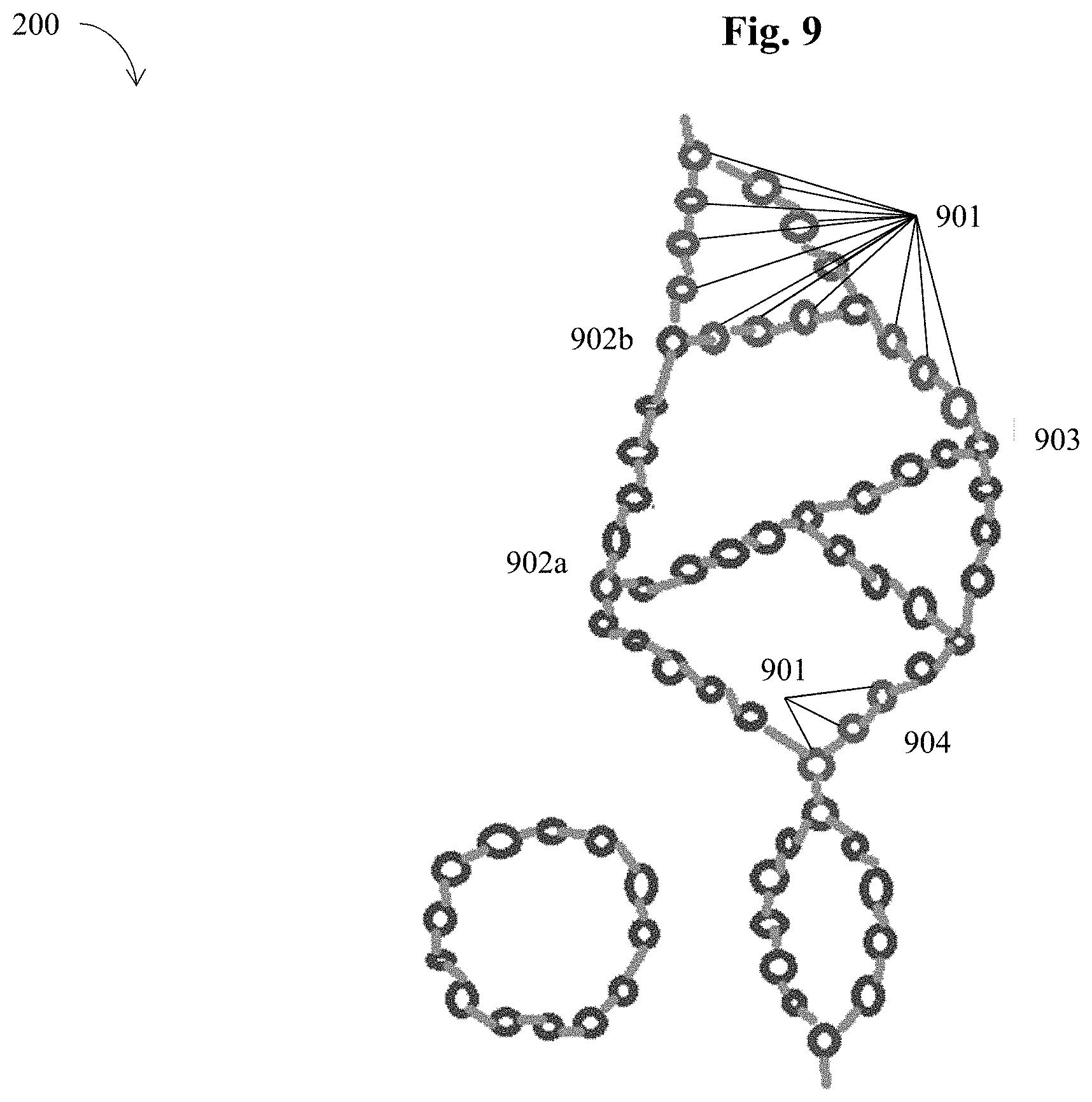
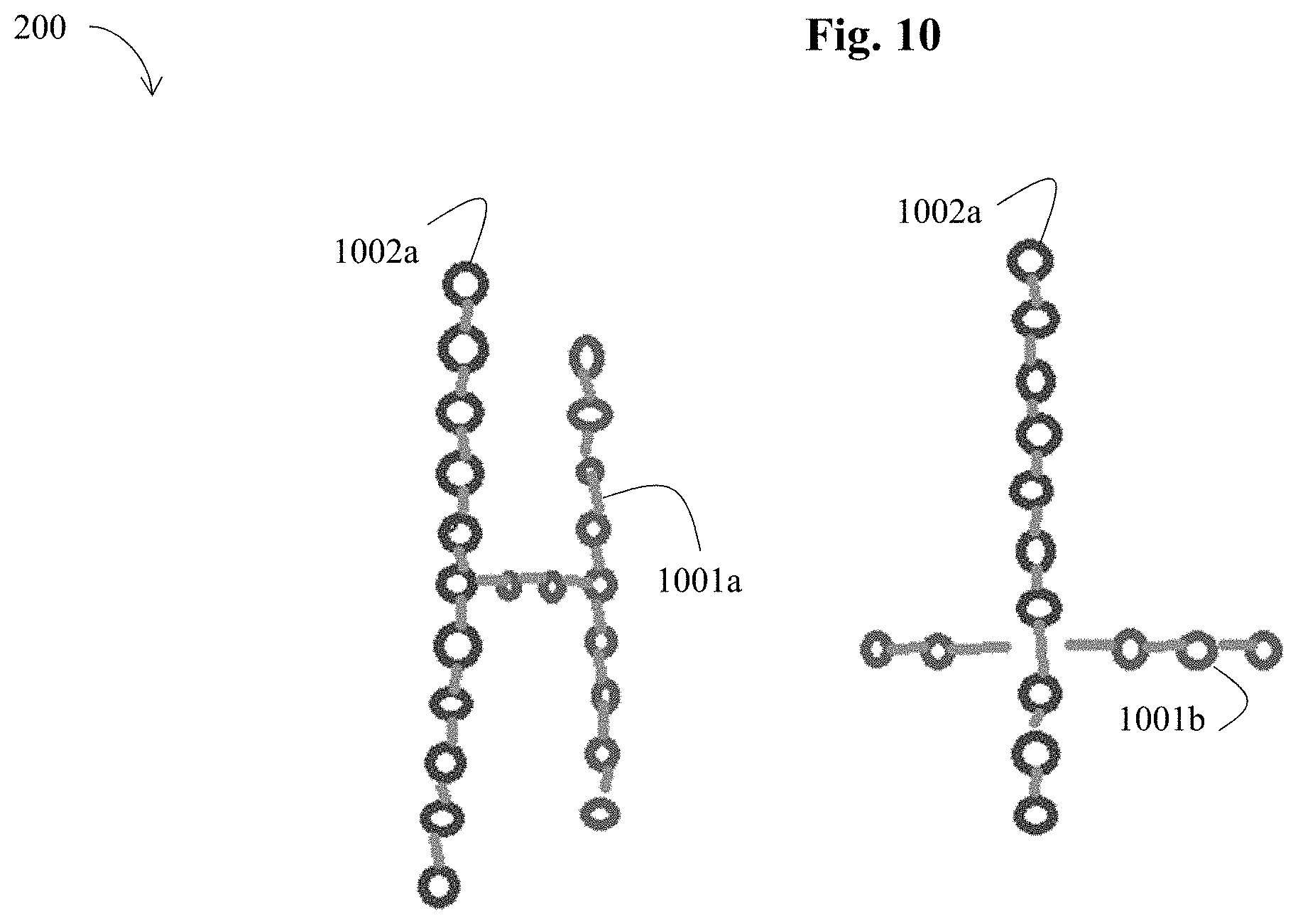
It's dry stuff, as I said, but assuming it works as intended the technical specifics are less important than the practical applications. Some games do a better job than others of simulating large outdoor environments, but even the best of them stumble visibly at times—maybe not as catastrophically as the streets of Night City, but enough to remind the player that they are indeed inside a videogame. If Take-Two has indeed come up with a better way to manage those systems, it could have a huge impact on the biggest urban simulator of them all: Grand Theft Auto.
Keep up to date with the most important stories and the best deals, as picked by the PC Gamer team.
The patent filing makes no specific mention of GTA (or any other game), and in fact Grand Theft Auto 6 hasn't even been officially announced yet. But Grand Theft Auto 5 is now seven years old (although just five on PC), and despite Rockstar's commitment to bringing it to the latest generation of consoles, there's no way that a new one isn't coming. It might be a stretch, but this patent filing could be taken as a sign that it's still many years off, but whenever it arrives it could bring about a sea change in what we can expect from large outdoor environments.
Thanks, IGN.
GTA 6: All the rumors
GTA 5 mods: Revved up
GTA 5 cheats: Phone it in
San Andreas cheats: All the codes
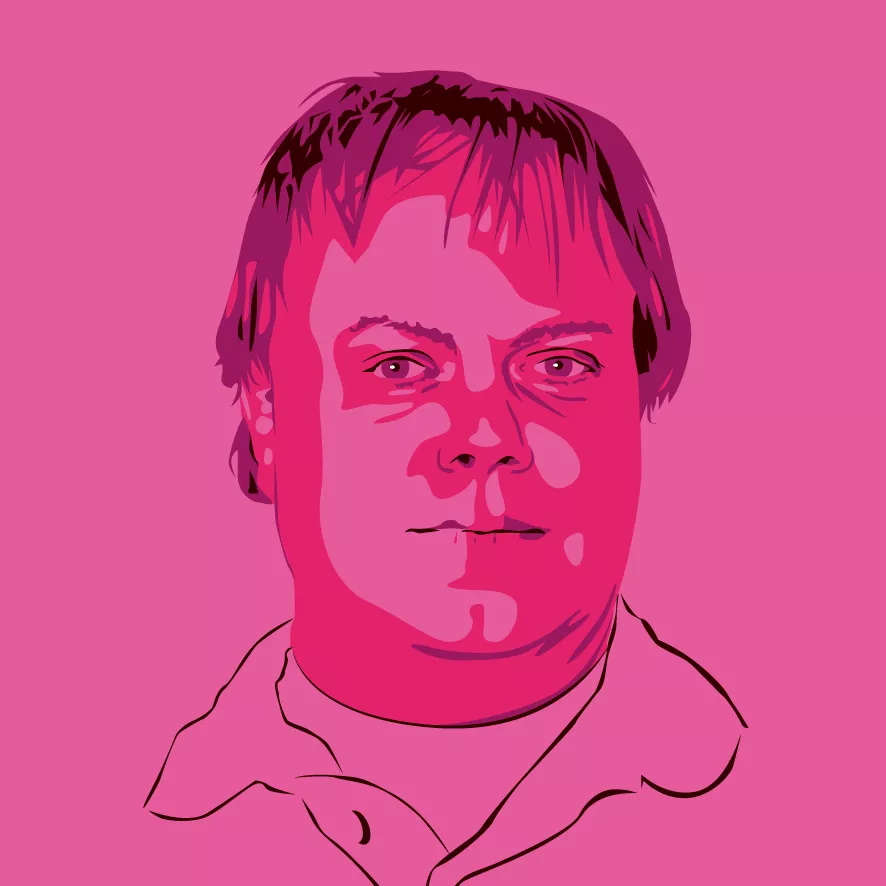
Andy has been gaming on PCs from the very beginning, starting as a youngster with text adventures and primitive action games on a cassette-based TRS80. From there he graduated to the glory days of Sierra Online adventures and Microprose sims, ran a local BBS, learned how to build PCs, and developed a longstanding love of RPGs, immersive sims, and shooters. He began writing videogame news in 2007 for The Escapist and somehow managed to avoid getting fired until 2014, when he joined the storied ranks of PC Gamer. He covers all aspects of the industry, from new game announcements and patch notes to legal disputes, Twitch beefs, esports, and Henry Cavill. Lots of Henry Cavill.


